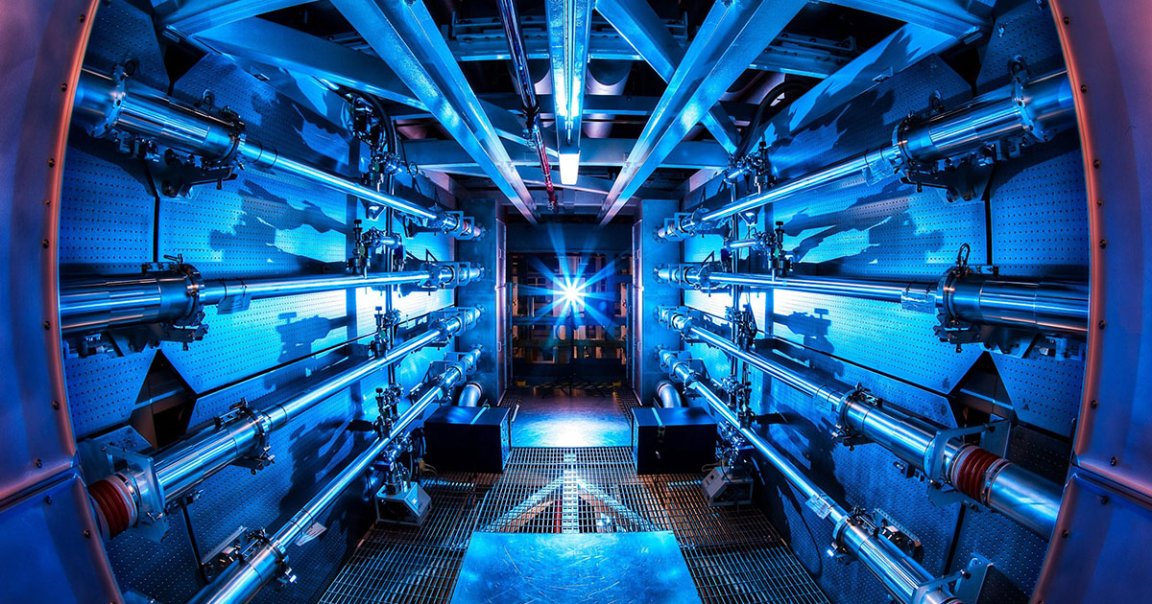
Researchers at the Lawrence Livermore National Laboratory claim to have achieved the seemingly impossible: generate more energy with a fusion reaction than they put into it, potentially paving the way for a truly environmentally friendly and safe source of power.
Their experiment, which involved using the “world’s largest and highest energy laser system” at Livermore’s National Ignition Facility to blast light at small capsules of deuterium-tritium fuel, generated 20 percent more energy than the amount required to power the system.
Despite the modest energy output — the system generated enough power to boil around two to three kettles — the researchers are boldly predicting that it could represent a major turning point in the quest to turn fusion energy into a reality.
“The fact that we were able to get more energy out than we put in provides an existence proof that this is possible,” Mark Herrmann, program director for weapons physics and design at Livermore, told The New York Times. “It can be built on and improved upon and made better and could potentially be a source of energy in the future.”
A net energy gain represents a milestone that has long been seen as the “holy grail” in fusion energy over its many quixotic decades.
Engineers have tested many different fusion reactor designs over the years, but always needed more energy to kickstart the process than they were able to get out of it — until now, the Livermore scientists say.
But there’s still plenty of work left to do before we can start replacing coal, gas, and nuclear power plants.
For one, we still don’t know if the technology can be feasibly scaled up to power an entire grid, researchers caution.
“To go from there to actually energy on the grid is a very long and difficult path,” Riccardo Betti, chief scientist of the Laboratory for Laser Energetics at the University of Rochester, who was not involved in the experiments, told the NYT.
The promises of fusion power are vast: not only is it emissions-free, but it doesn’t run the risk of causing a nuclear meltdown, either.
Despite the long road ahead, experts are seeing the latest experiment as an important step forward and a reason to be optimistic about the future of fusion energy.
“It took not just one generation but generations of people pursuing this goal,” White House science adviser Arati Prabhakar said in a statement. “It’s a scientific milestone.”
“It’s also an engineering marvel beyond belief,” he added.
READ MORE: Scientists Achieve Nuclear Fusion Breakthrough With Blast of 192 Lasers [The New York Times]
More on fusion: Fusion Scientists Claim Net Energy Gain, in Potentially Huge Breakthrough